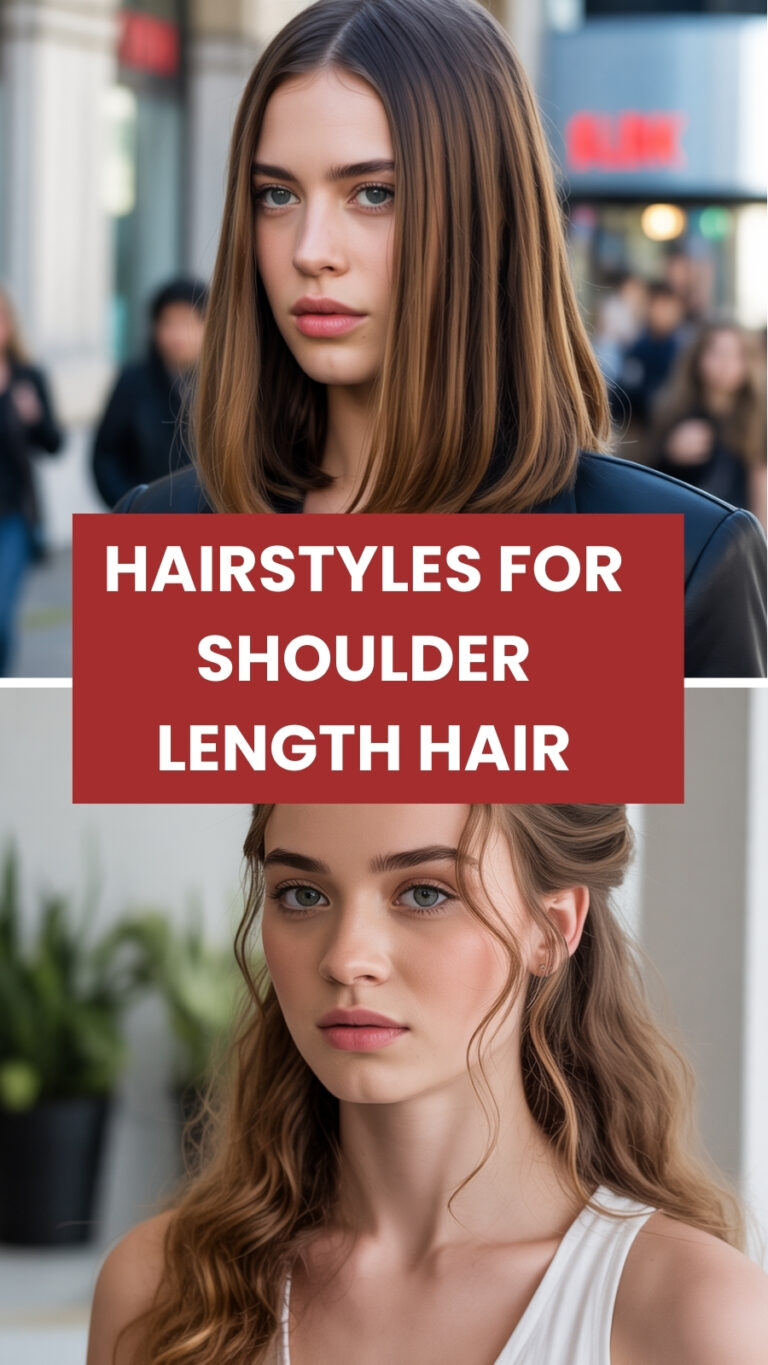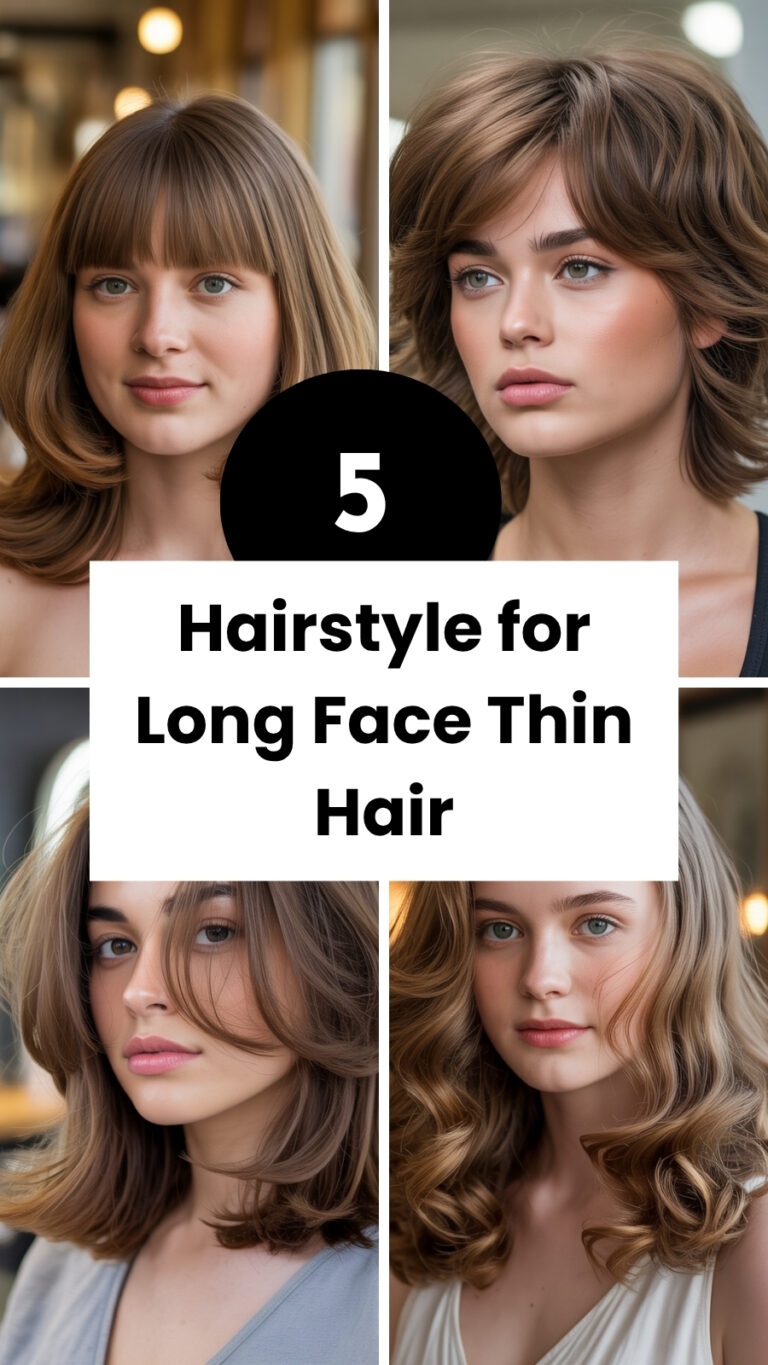Short Hairstyles for Black Women
Short hairstyles for Black women are bold, versatile, and stylish. They celebrate natural texture while offering easy maintenance and modern flair.
Unlike longer hairstyles, short cuts highlight facial features, add confidence, and allow creativity with curls, twists, and shaved designs.
1. Tapered Pixie Cut
Why it’s different: Unlike uniform pixies, the tapered version adds dimension and emphasizes natural curl patterns.
How it’s created: Hair is cropped short on the sides and back, with slightly longer curls on top for volume.
Where it comes from: Popularized by icons like Halle Berry in the 1990s, it remains a symbol of edgy sophistication.
2. Afro Crop
Why it’s different: Unlike sleek cuts, the afro crop embraces natural texture, giving a full, round, and striking silhouette.
How it’s created: Hair is shaped evenly all around while maintaining natural volume and curl pattern.
Where it comes from: The afro became a cultural statement in the 1960s–70s, celebrating Black pride and heritage.
3. Finger Waves
Why it’s different: Unlike loose curls, finger waves are sleek and sculpted, offering vintage elegance for short hair.
How it’s created: Hair is wet, combed into S-shaped waves, and set with gel for a glossy, structured finish.
Where it comes from: Finger waves were iconic in the 1920s–30s, worn by jazz era icons like Josephine Baker.
4. Short Twists
Why it’s different: Unlike straight or permed hair, twists define natural texture and offer a playful, protective style.
How it’s created: Hair is divided into small sections and twisted tightly, either as mini-twists or finger twists.
Where it comes from: Twists are rooted in traditional African hair styling and remain popular for low-maintenance, protective looks.
5. Shaved Design Pixie
Why it’s different: Unlike plain pixies, shaved designs add artistry, individuality, and edge to a short haircut.
How it’s created: Hair is cropped into a pixie while patterns or lines are shaved into the sides or back.
Where it comes from: Hair tattooing became trendy in urban culture in the 1990s and 2000s and continues to inspire modern Black hairstyling.
Conclusion
Short hairstyles for Black women are more than just convenient—they’re a statement of style, confidence, and culture. From tapered pixies to afro crops and creative shaved designs, each look celebrates natural beauty while offering versatility and modern flair. Rooted in tradition yet continuously evolving, these cuts empower women to express individuality.


